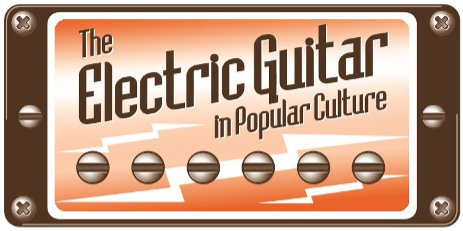
Panel 03 - The Instrumentality of the Electric Guitar
Sixty Years and Counting: The Electric Guitar as a “Classical” Concert Instrument
Start Date
27-3-2015 5:30 PM
Description
Soon after the solid-body electric guitar had begun to redefine the sound of popular music in the early 1950s, classical composers turned to this new instrument to harness its enhanced dynamic, technical, and timbral potential. With the coming of age of younger generations of composers—some of whom had grown up listening to rock and roll and performing in garage bands—the electric guitar cemented its place in the concert and chamber repertoire, traversing genres as diverse as the serial avant-garde, French spectralism, American Minimalism, and the eclectic soundscapes of today’s post-minimal era. This paper outlines the history of works employing the electric guitar from 1950 to the present day, cataloguing compositions in solo, chamber, and orchestral settings published in each decade. Drawing examples from selected works, it analyzes instances in which the guitar is used to evoke popular music idioms, as well as situations that approach the instrument in more idiomatically abstract ways (harnessing for instance the extended dynamic range with respect to its acoustic counterparts). Based on archival research, oral histories, and the author’s own analytical insights as a performer of classical music on electric guitar, this paper ultimately argues that the electric guitar should be credited with a qualitative enrichment and quantitative expansion of the repertoire for plucked stringed instruments.
Sixty Years and Counting: The Electric Guitar as a “Classical” Concert Instrument
Soon after the solid-body electric guitar had begun to redefine the sound of popular music in the early 1950s, classical composers turned to this new instrument to harness its enhanced dynamic, technical, and timbral potential. With the coming of age of younger generations of composers—some of whom had grown up listening to rock and roll and performing in garage bands—the electric guitar cemented its place in the concert and chamber repertoire, traversing genres as diverse as the serial avant-garde, French spectralism, American Minimalism, and the eclectic soundscapes of today’s post-minimal era. This paper outlines the history of works employing the electric guitar from 1950 to the present day, cataloguing compositions in solo, chamber, and orchestral settings published in each decade. Drawing examples from selected works, it analyzes instances in which the guitar is used to evoke popular music idioms, as well as situations that approach the instrument in more idiomatically abstract ways (harnessing for instance the extended dynamic range with respect to its acoustic counterparts). Based on archival research, oral histories, and the author’s own analytical insights as a performer of classical music on electric guitar, this paper ultimately argues that the electric guitar should be credited with a qualitative enrichment and quantitative expansion of the repertoire for plucked stringed instruments.

